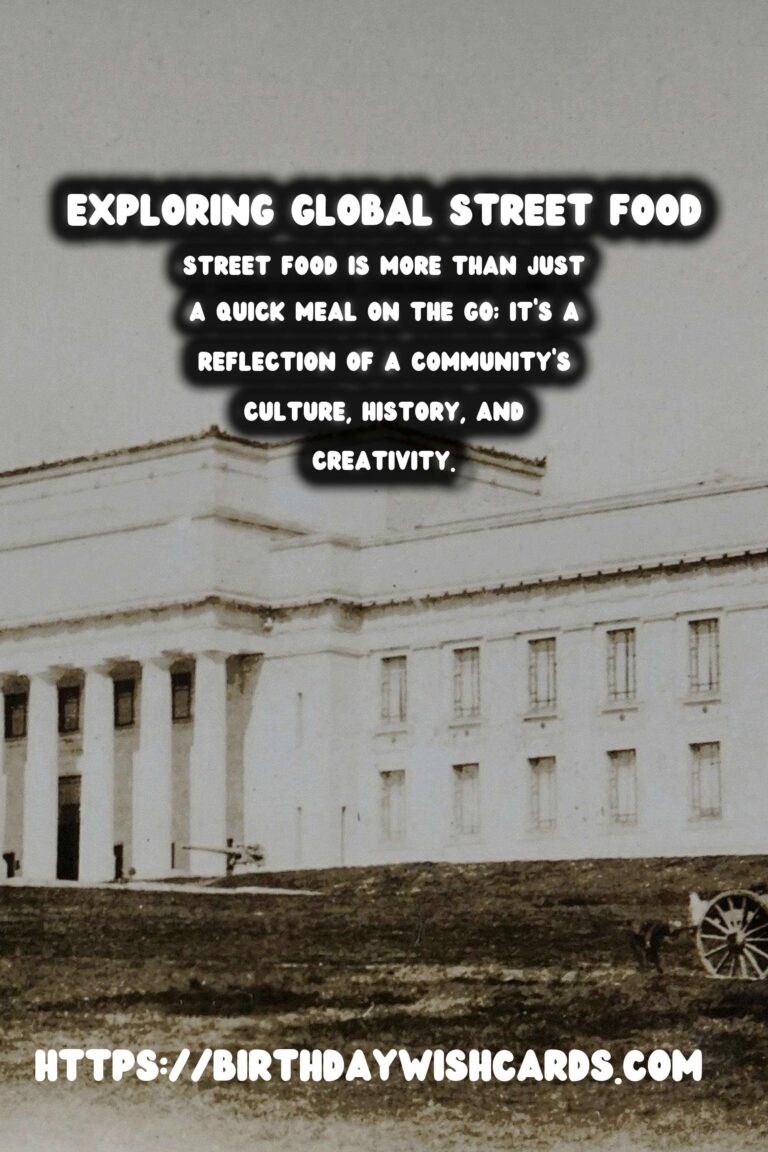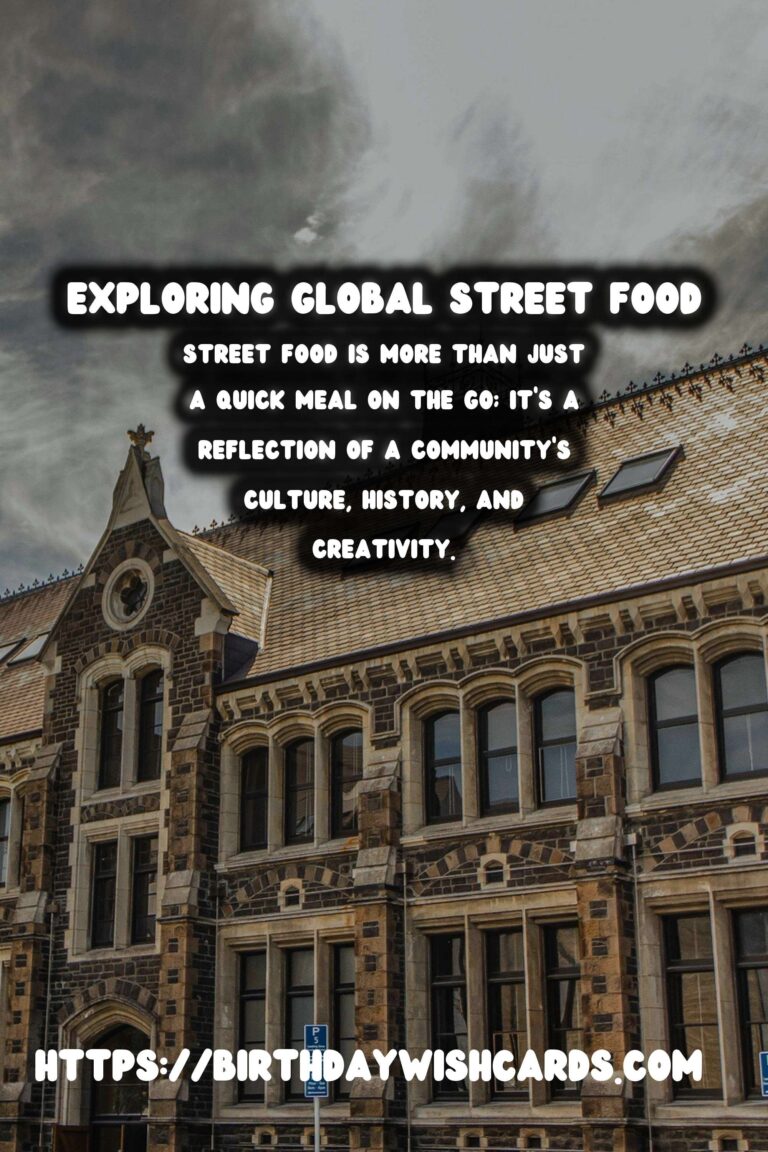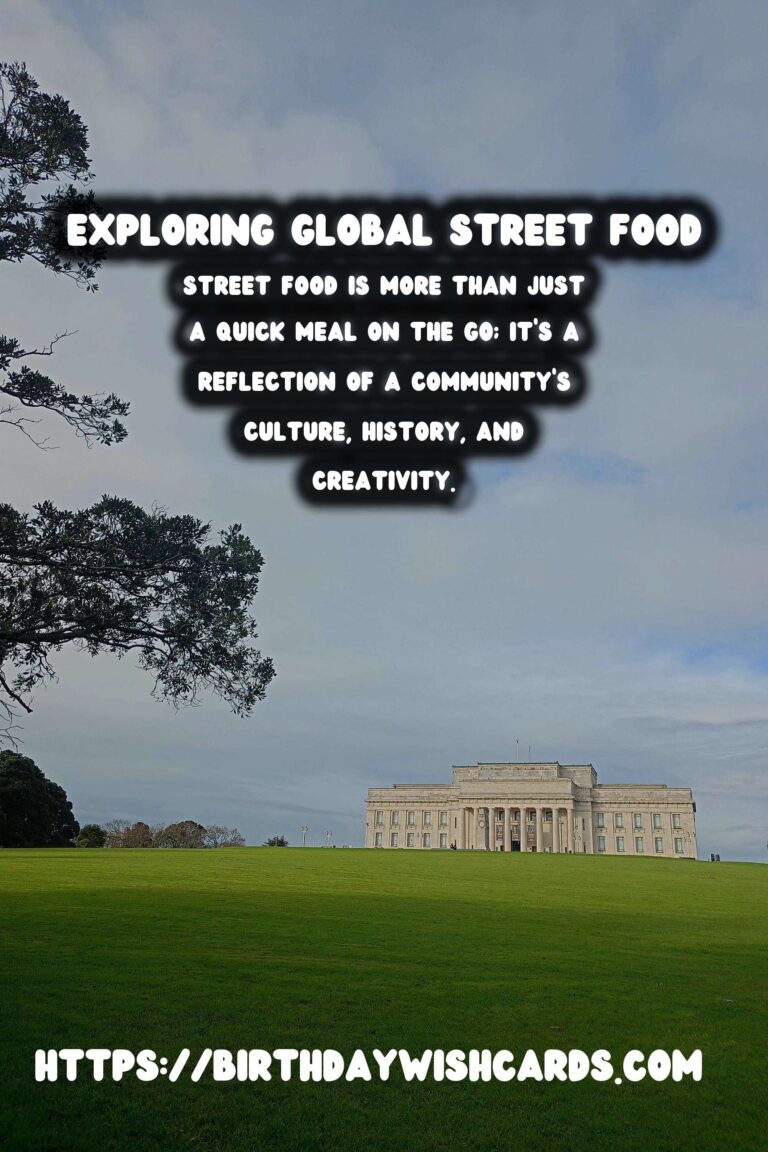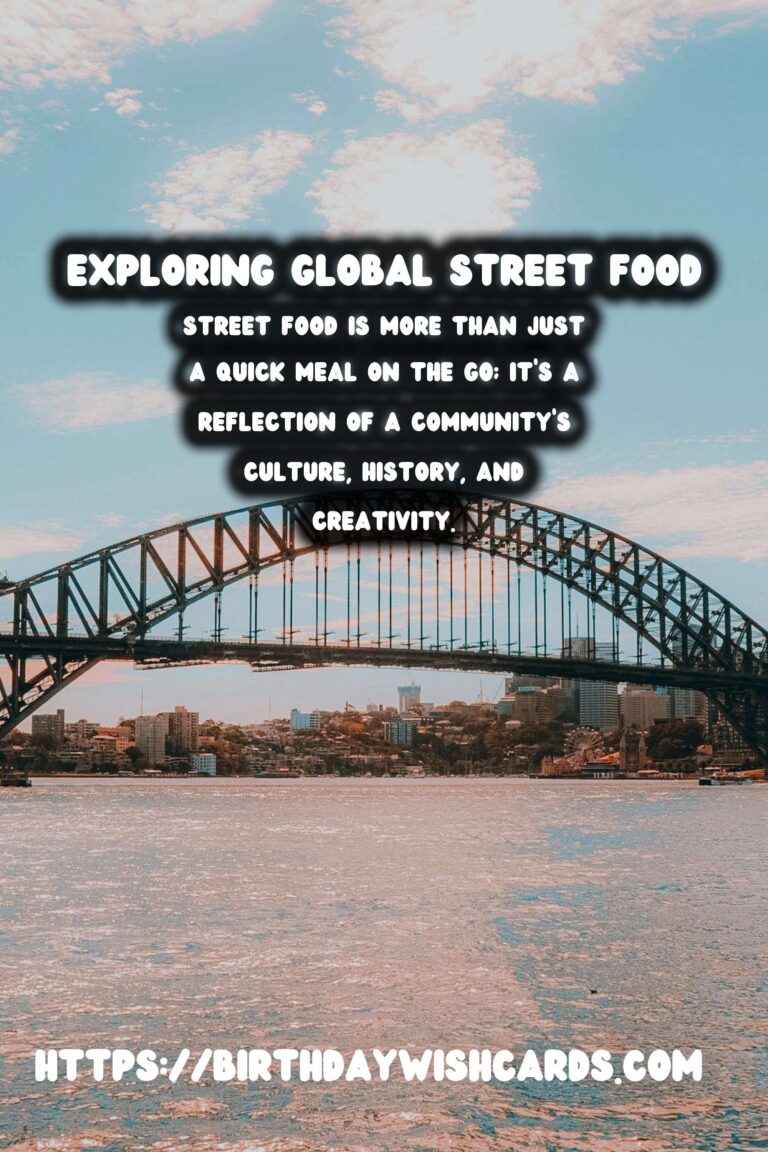
Street food is more than just a quick meal on the go; it’s a reflection of a community’s culture, history, and creativity. As a vibrant aspect of culinary anthropology, street food offers a unique lens through which we can explore the evolution of global cuisines and the historical exchanges that have shaped them.
The Origins of Street Food
The history of street food can be traced back to ancient civilizations where vendors served quick, affordable meals to urban dwellers. In Ancient Rome, ‘thermopolia’ were shops that sold ready-to-eat food. Similarly, in China, street vendors served hot meals from push carts centuries ago. These early forms of street food outlets satisfied the nutritional needs of those who did not have the means or time to cook meals at home.
The Cultural Exchange and Fusion
Global exploration and trade routes have significantly influenced street food diversity. The Silk Road, for example, was instrumental in the exchange of spices and culinary techniques between the East and West, giving rise to dishes that combined elements from multiple cultures. Today, street foods like shawarma and empanadas reflect these rich historical exchanges.
Regional Specialties: A Culinary Journey
Asia: A Melting Pot of Flavors
In Asia, street food is integral to daily life. Countries like Thailand and India boast bustling street food scenes with offerings like Pad Thai and Bhel Puri. In Japan, Takoyaki – octopus-filled dough balls – showcases the country’s street food ingenuity.
Europe: Historical Culinary Streets
Europe’s street food has its own charm, offering traditional delights and modern takes. In Spain, churros are a sugary favorite, while the German currywurst highlights the country’s love for sausage with a spicy twist.
The Americas: Blending Tradition and Innovation
The Americas offer diverse street foods influenced by Indigenous, European, African, and Asian cuisines. In Mexico, tacos are a staple, while the United States celebrates hot dogs and innovative food trucks.
The Impact of Street Food on Modern Cuisine
Street food has played a significant role in shaping modern global cuisines. As chefs seek inspiration from traditional street food, they bring fresh interpretations to the table, blending authenticity with creativity. Modern urban centers boast a wide array of street food-inspired restaurants and food trucks, highlighting the global gastronomic impact of street food.
The Future of Street Food
As street food adapts to modern trends, including sustainability and health consciousness, its essence remains rooted in cultural exchange and innovation. Vegan and vegetarian street food options are on the rise, reflecting shifting dietary preferences.
Conclusion: A World of Flavor Awaits
The world of street food is vast and varied, offering a delicious insight into the cultural tapestry of communities across the globe. As we explore these rich flavors and historical influences, street food continues to be a testament to human creativity and connection.
Street food is more than just a quick meal on the go; it’s a reflection of a community’s culture, history, and creativity. In Asia, street food is integral to daily life. 









#CulinaryAnthropology #StreetFood



